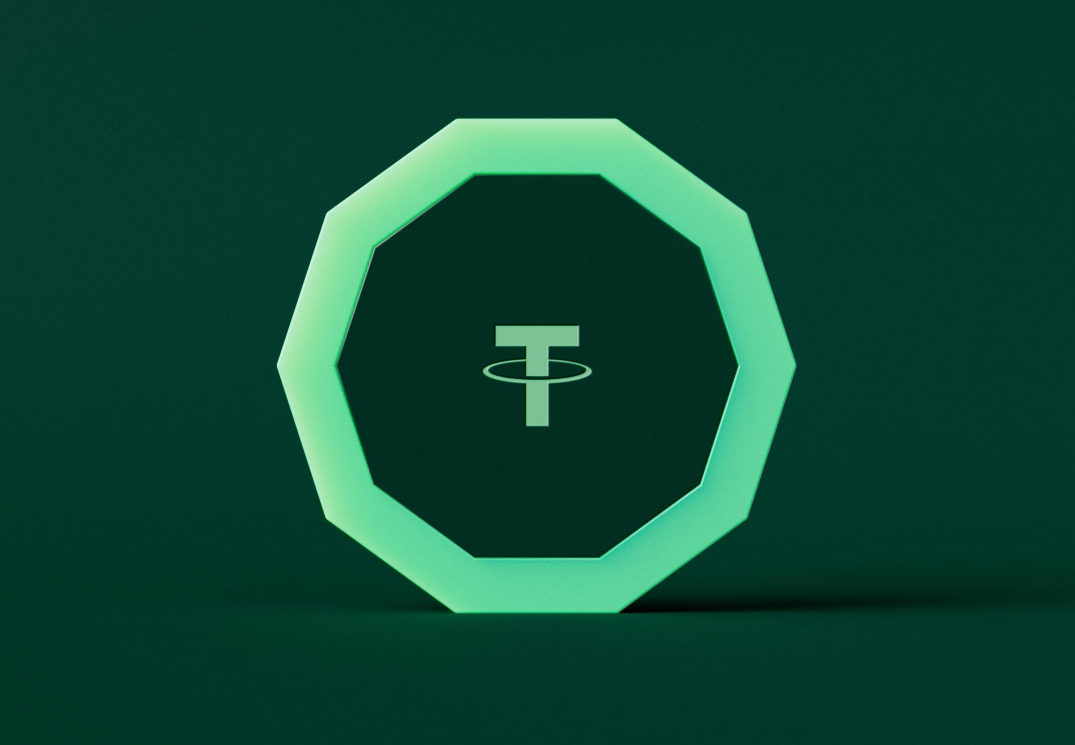USDC and USDT: A Comprehensive Guide to the Leading Stablecoins

1. The Companies Behind the Coins
USDC is a dollar-backed stablecoin issued by the Coinbase and Circle consortium, pegged one-to-one with the US Dollar. This means that 1 USDC token equals the value of 1 USD, and it operates on the open-source Ethereum blockchain protocol.
USDT, on the other hand, is a dollar-backed stablecoin issued by iFinex Inc. It is also pegged one-to-one with the US Dollar, with 1 USDT token equaling the value of 1 USD. Unlike USDC, USDT operates on the proprietary Omni blockchain protocol.
Coinbase is an American cryptocurrency exchange and custodian offering digital asset services, while iFinex Inc is a Hong Kong-based cryptocurrency exchange and holding company with operations in Europe and Asia.
2. Regulation
USDC is regulated by the New York State Department of Financial Institutions in the United States, ensuring compliance with all applicable laws. Additionally, Coinbase is registered with FinCEN and holds a Virtual Currency License in New York.
USDT, however, is not regulated by any government entities, making it potentially more attractive to certain users but also lacking legal backing, which could pose risks.
If regulatory compliance is vital, USDC may be preferable. More regulations mean more oversight, enhancing security. If comfortable with iFinex Inc’s security measures, USDT may be suitable.
3. Security and Transparency
USDC employs advanced cryptographic methods for secure and transparent transactions. Coinbase also maintains a rigorous token issuance process, with monthly attestations and transparent issuance.
Tether’s reserves are meticulously published daily for accuracy and transparency. Both stablecoins offer similar security levels, but USDC may provide extra assurance due to regulatory compliance.
4. Transaction Fees & Speed
Both USDC and USDT enable near-instant transactions with minimal fees. The primary difference lies in the underlying network, with USDC on Ethereum and USDT on Omni, leading to potential variations in fees and speeds.
5. How They Work
USDC is supported by U.S. dollar-denominated assets, predominantly U.S. Treasury securities, ensuring stability. Transaction fees on USDC and interest on reserves are the main revenue sources for the Coinbase and Circle consortium.
USDT is backed by U.S. Dollar reserves in Tether Limited’s bank accounts, with fees incurred during currency conversion.
6. Liquidity & Accessibility
USDC and USDT are widely available, though USDC often has more liquidity. Both can be accessed through various wallets and exchanges, with USDC also obtainable via bank transfer.
As of 8/1/2023, Tether’s market cap exceeds $80 billion, compared to USDC’s $26 billion, indicating USDT’s popularity.
7. Use Cases
Stablecoins like USDC and USDT are essential for trading, hedging, and long-term storage. USDC appeals to those valuing regulatory compliance and secure storage, while USDT suits those comfortable with iFinex Inc’s security measures and seeking widespread availability.
In conclusion, both stablecoins offer advantages depending on individual needs, with similarities in security, transparency, and liquidity. Personal preference may ultimately be the deciding factor.




